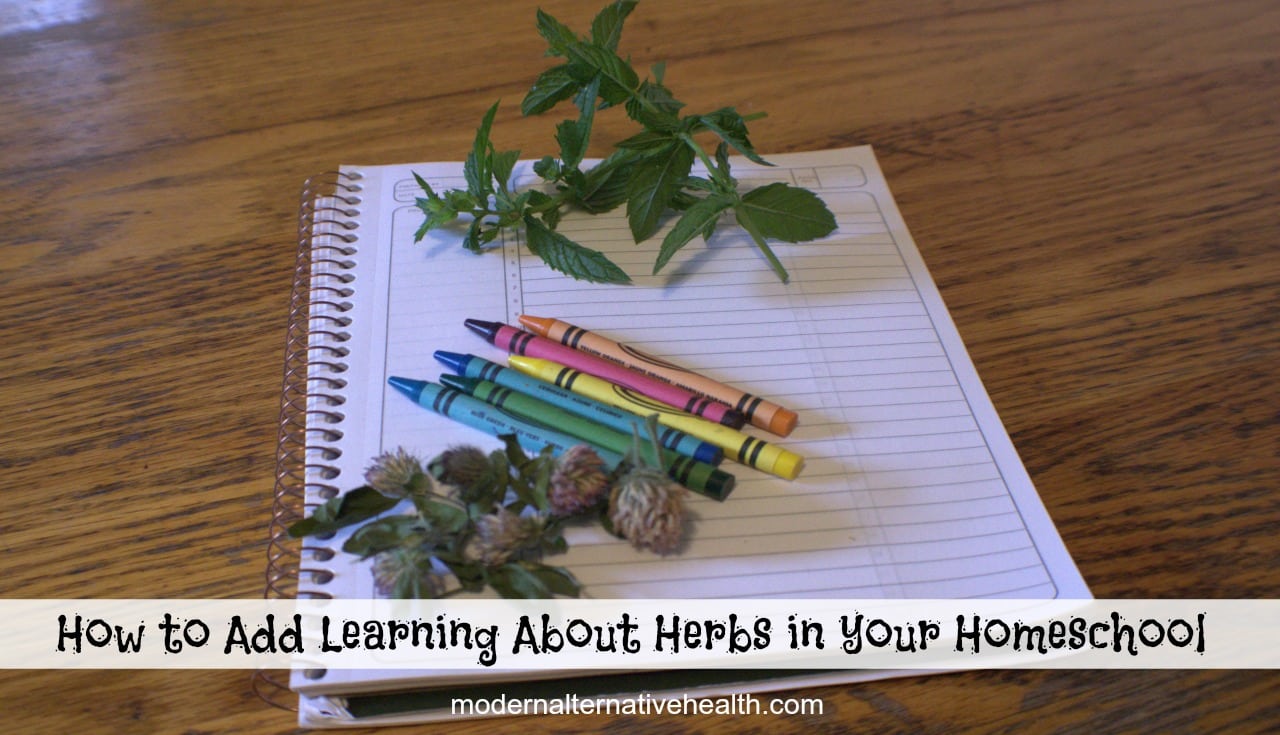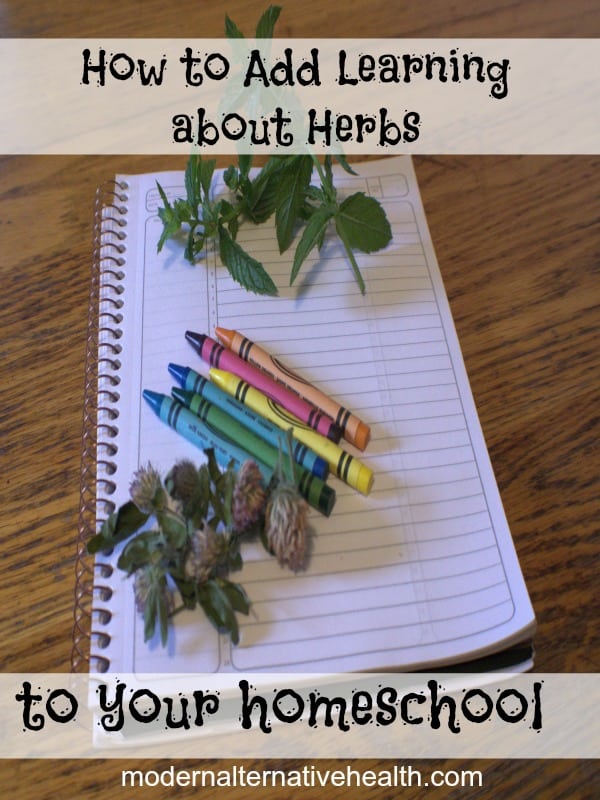
Homeschooling is an awesome thing because you can teach your kids what YOU want them to know, WHEN you want them to know it.If they are struggling with math, or writing, as the teacher you can decide to wait on it. Or not. Teaching kids about natural health is important and easily incorporated into your school day. Why teach kids about herbs and natural health in your homeschool?Well, because it’s fun easy to learn, and you can count that time as a health or science study.
How to Add Learning About Herbs in Your Homeschool
Plan a Unit Study
The best way to start is by choosing several herbs you are familiar with and planning a unit study around each herb. In our homeschool, we started with lavender, plantain, mullein and dandelion since they are wild all over our area and easy to find. Take one herb at a time, and really get to know it. Each herb unit study can take a few days, or a few weeks to study. Some take a bit longer to find and learn how to forage for, such as mullein. Some are only seasonal, such as dandelions and violets.
After a trip or two to the library, we find several stories about the herb if we can, or turn to our Bible and see how it was used in ancient times. Using the notebooking journal method, we draw pictures of that herb and then label the picture with parts of the plant, along with botanical names and what pharmacological actions it has. Then, we learn how to grow or forage for it ethically ourselves.
Incorporate Hands on Learning
Once we are confident in being able to identify that particular herb by sight and know some of the things it’s used for by memory, we move on to working with the herbs in real life applications to further our knowledge. After all, real life knowledge provides the best kind of education! We start with learning about drying and preserving the herbs by hanging and drying them ourselves after an afternoon of foraging. After the herbs are dried, we figure out how to use them in our daily life. Tinctures, salves, balms and teas are all great places to start.

Plan Around the Seasons
It’s best to start this in the early Spring as a unit study when the plants are more readily available. Dandelion, violet, red clover, and plantain all can be studied then.
During the Summer, you can learn about mullein, lavender, and cooking herbs that have medicinal herbs as well. Think oregano, basil, and rosemary.
Fall is great to learn about herbs like parsley, sage, and echinicea.
During the winter, if you are in a colder climate, you can spend some time reviewing what you learned and make salves or teas with your saved herbs.
Each season, we go camping for a least a weekend and forage for the herbs we learned about. We talk about them, figure out ways we can use them at that moment and challenge each other to see who can remember more about that herb. We check our “work” with great books about foraging such as The Field Guide to Foraging or The Idiot’s Guide to Foragaing. This makes it “real world” for them and helps them to remember what they learned a lot longer.
As you can see, incorporating herbs and natural health into your homeschool is easy.


So cool!
LOVE THIS! Pinning it for sure!